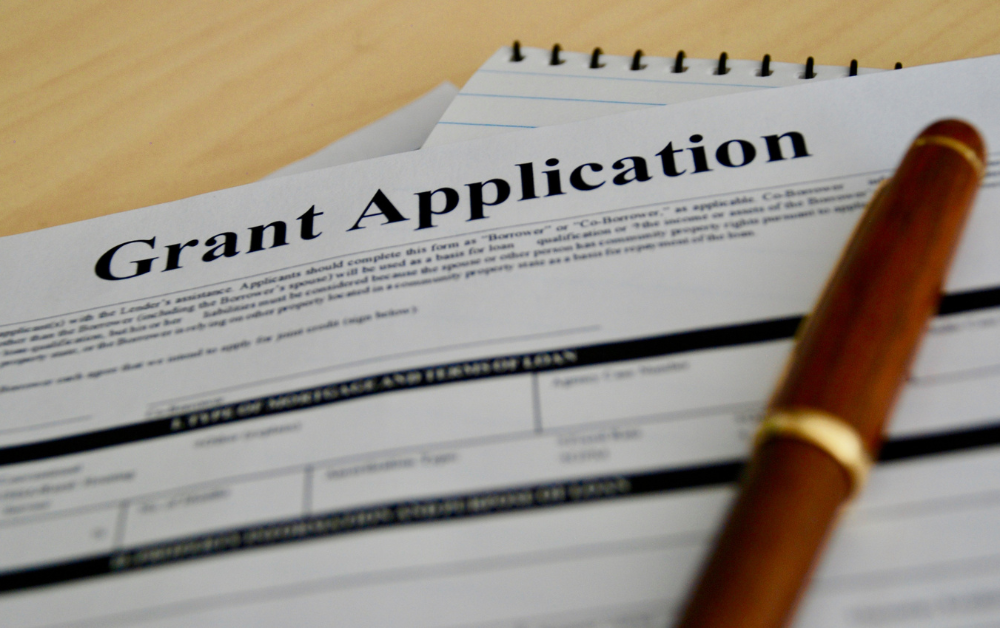The Bipartisan Infrastructure Law created a once-in-a-generation opportunity to strengthen our nation’s infrastructure, and several states, including Kansas, stepped up to position themselves for success. One program in particular, Section 40101(d), has seen high levels of interest. This program specifically provides funding for grid resiliency improvements for small cooperative and municipal electric systems.
In Kansas, the Build Kansas Fund can help support applicants with grants for up to 95% of the required matching funds meaning nearly 98% of all eligible project costs can be covered through grant funding!
Over the past two years, our team has helped 10 cooperatives across the state apply for funding through this program. Seven of those applications were successful, resulting in nearly $8,100,000 in project funding through 40101(d) and an additional $3,810,000 in Build Kansas Funding.
We’ve reviewed every application, successful and unsuccessful, and identified clear trends that differentiate winning submissions. If your cooperative plans to apply in the next round, here are the most important lessons to help you succeed.
1. Target the Right Projects
The KCC gives preference to specific project types. Based on their guidance and our experience, these project types stand out most:
- Replacement of old conductors and underground cables (included in 5 successful projects)
- Utility pole management (included in 3 successful projects)
- Hardening of power lines and substations (included in 2 successful project)
- Monitoring and control technologies (included in 2 successful projects)
Of the seven successful applications we supported, all fell into one or more of these categories. KCC has prioritized these projects for a reason, so give them what they are asking for. Identify projects in these key categories, and start putting together project details now.
2. Be Specific — Not General
Successful applications:
- Named the exact communities, line segments and other infrastructure being improved
- Identified aging infrastructure by decade or other meaningful metric (e.g., “lines dating back to the 1950s”)
- Explained why the improvements mattered (e.g., history of outages, reliability risk, financial burden)
Unsuccessful applications tended to be vaguer and focused on general investments in grid resilience without clearly stating what the new project would accomplish.
3. Quantify the Community Benefit
KCC and DOE expect metrics. Applications that scored well included:
- Historical outage frequency and duration
- Estimated reliability improvements post-project
- Number of customers impacted
- Breakdown of costs per impacted customer
- Arguments outlining financial burden relative to the cooperative’s operating budget
One successful applicant described their project as “critical for supporting underserved communities with high outage frequencies and limited economic resilience.” That’s the kind of clarity and alignment KCC is looking for.
4. Structure and Presentation Matter
Even strong technical projects can fall short if the narrative is hard to follow. Winning applications had:
- Clear section headers aligned with the KCC’s application checklist
- Strong project names (e.g., ReNew, Resilient Lines, etc.)
- Clean formatting and consistent attachments (W-9, audit reports, match letters)
In contrast, unsuccessful applications had weaker narratives with less project detail or focused on an overly broad project objective.
5. Make Your Match and Timeline Work
The required match funding (one-third for small utilities selling fewer than 4,000,000 MWh per year) must be verified and liquid. The most competitive applicants:
- Provided formal match commitment letters
- Clearly tied match funds to budget line items
- Included realistic timelines with clear milestones
Vague or incomplete match documentation can sink an otherwise promising proposal.
Let’s Help You Win in the Next Round
KCC is working through its application for the FY 2026 funding cycle now, and another mark of successful applicants was getting started early. Don’t be reactionary to this opportunity. Start identifying projects now, pour over the details, and find the best project for the next round.
We’ve been through two funding rounds and helped secure nearly $12,000,000 in 40101(d) and Build Kansas funding for seven cooperatives. We know what KCC is looking for and how to turn your project into a compelling, fundable application.
If your cooperative is considering a project for the next 40101(d) round, let’s talk. We’ll help you:
- Identify projects that fit the program
- Develop a strong narrative
- Prepare a complete, compelling submission
Ready to Write a Winning Grant?
Contact David Belpedio (dbelpedio@mnadvisors.com) or Jon Roberts (jroberts@mnadvisors.com) to get started. We’re only accepting a limited number of applicants this year, so don’t miss your chance to secure a spot.

